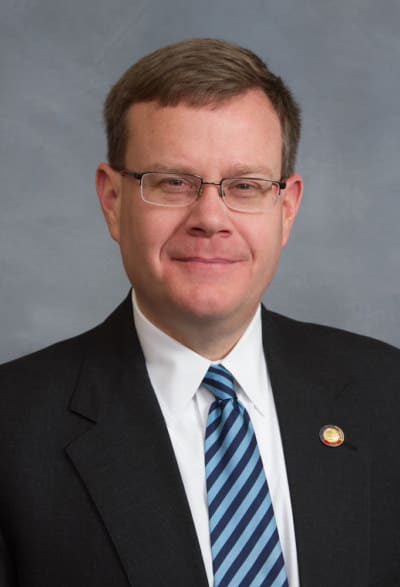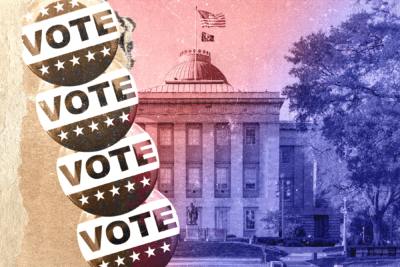|
|
It would be challenging to find a gas station or corner store in North Carolina that doesn’t sell lottery tickets. (But if you need help, there exists an interactive map of retailer locations.) Among scratch-off games sold are Triple Red 777’s, Xtreme Cashword, Money Bag, Pot of Gold, Power 20s, Loteria, and $2,000,000 Diamond Deluxe.
The North Carolina Education Lottery (NCEL), commonly referred to as “the lottery,” moves big money. In fiscal year 2023-24, over $1 billion was funneled to education from the lottery, continuing an upward trend over the past few years.
Even before hitting the $1 billion threshold for the first time in 2022, the lottery sent hundreds of millions per year to fund education in North Carolina. According to the NCEL’s website, “the fun of lottery games has raised more than $10 billion for education in North Carolina since the lottery started.”
As a whole, lottery funding makes up a small percentage of total state education spending. According to a presentation by Alexis Schauss, the chief financial officer at the N.C. Department of Public Instruction, of the $12.3 billion total public school K-12 funding in fiscal year 2023-24 — a figure which excludes school construction spending — only $407 million, or 3.3%, came from lottery funds.
Still, some say every penny counts.
“The capital needs are huge in North Carolina, and these grants are making a big difference,” said Van Denton, communications director of the NCEL, referring to school construction grants funded by lottery money.
But there are also questions of whether the lottery actually supplements education spending, and concerns have been raised over the ethics of state-sponsored gambling, dating back to the original fight to create the NCEL. Understanding the lottery’s history, who plays it, and how it raises money is important to contextualize the funds it sends to education.
What is the lottery?
The NCEL is similar to lotteries in other states, some also eponymously dedicated to fundraising for education (South Carolina Education Lottery, Arkansas Scholarship Lottery). Other state lotteries raise funds for infrastructure or a mix of programs such as the environment, public safety, or public health.
Fundamentally, lotteries are a form of gambling. They offer gamified opportunities to pay in and potentially receive a higher payout. Many options have modest odds, but extreme examples include the Mega Millions and Powerball games, which consumers play at astronomical chances for what the NCEL website calls “life-changing jackpots.”
“This is Mega Millions. And just like the megabyte, megawatt, and mega-yacht, it’s also huge. Like, extra-ridiculous-minimum-six-zeroes-huge.”
When players win big, vendors display signs — “We Sold A Winner!” — maybe in an effort to instill hope that lightning will strike twice in the same place.
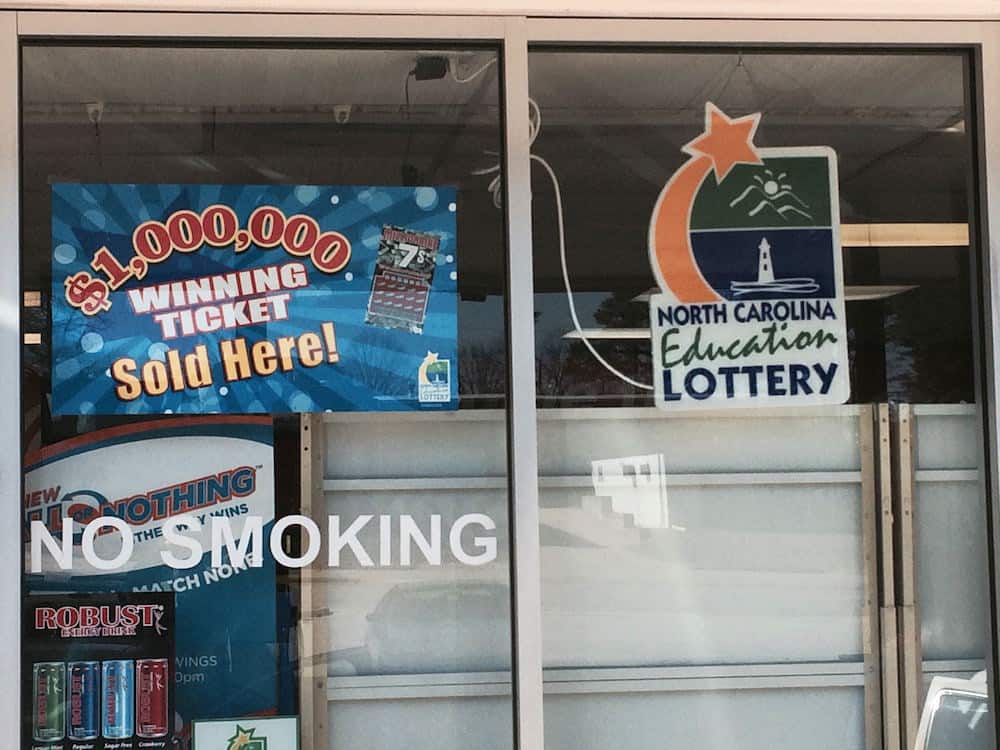
The media and culture obsess over stories of lottery wins, especially those awarded to people in previously humble financial positions. Part of the dream for many is the promise of a rapid ascent from financial straits at what seems like a negligible price: The cheapest games can be played for as little as five cents.
But, to state the obvious, the odds are never in the player’s favor. The house edge is sharp. After all, the lottery was created for the explicit purpose of raising money for education. Players that put in more than they get out are paying into the NCEL’s education fund.
History of the NCEL
At the time the NCEL was created in 2005 with the passage of the North Carolina State Lottery Act, North Carolina was the only remaining state on the East Coast without a state-sponsored lottery. The following year, in March 2006, the first scratch-off tickets were sold.
Implementing a lottery was controversial, and the legislation only narrowly passed in the General Assembly. It was marketed to lawmakers as a way to supplement education funding, and Democratic supporters also cited concern over losing potential revenues to neighboring states’ lotteries. Republicans almost unilaterally opposed the creation of the lottery program.
Originally, a key selling point of the NCEL (and some other state lotteries) was that the money raised would supplement existing education funding and not supplant it. However, just before voting, language enforcing that point was removed, and the lottery was established without the legal requirement that its funds supplement the education budget.
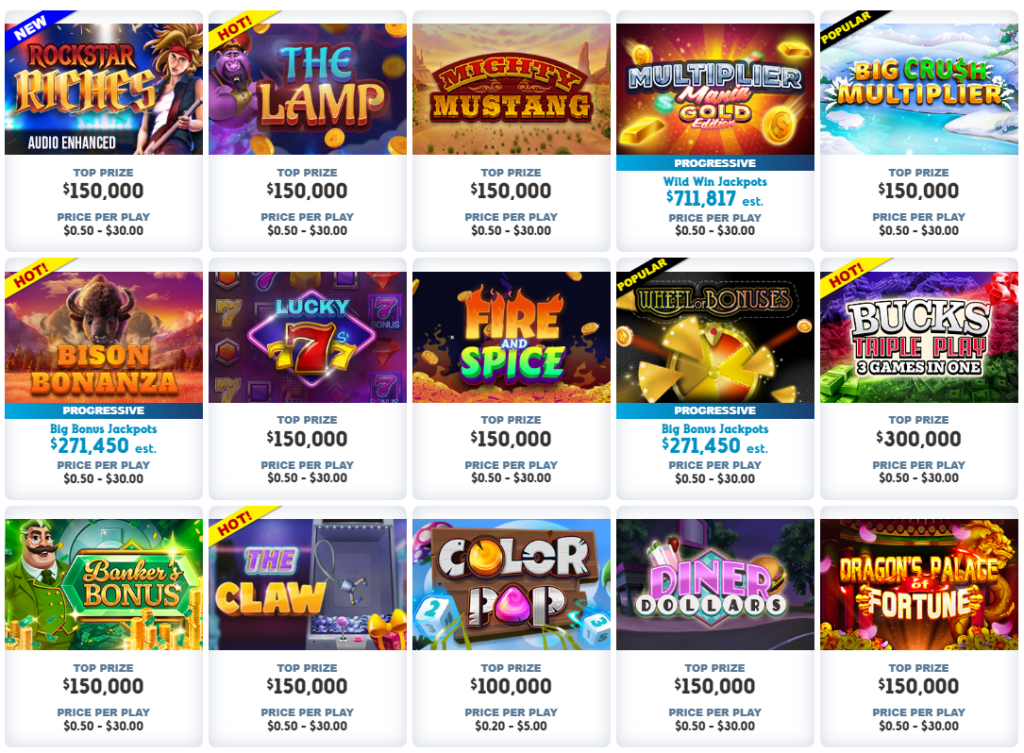
The original legislation also stipulated that 35% of lottery proceeds must go to education, but that was changed in 2007 to a guideline the North Carolina State Lottery Commission (NCSLC) should follow “to the extent practicable.”
Aside from the roughly 35% that goes to education funding, the remainder typically goes to the costs of operating the lottery: 50% for prizes returned to the public, 8% for lottery expenses including a maximum of 1% for advertising, and 7% to compensation for game retailers.
The power to use lottery funds for purposes other than education, as enabled by a 2013 law, has been exercised sparingly. In 2009, then-Gov. Bev Perdue — who had been the tie-breaker vote on the original lottery legislation in the Senate — ordered the transfer of $50 million from the lottery reserve fund and an additional $38 million from that year’s lottery revenue to the state’s general fund, to balance the budget.
Over the years, lottery money has also been redirected to restore the lottery reserve fund, and, separately, to offset a Medicaid shortfall.
Who plays the lottery?
Lotteries have long been described as a form of regressive taxation — in other words, a tax on the poor. Republicans and other advocates against the creation of the lottery in the early 2000s cited lotteries’ disproportionate effect on the poor as a reason not to implement it.
Studies have found that lower-income households are more likely to play lottery games and thus more likely to lose money. A 2013 report by N.C. Policy Watch found that the NCEL is more popular in lower-income counties, which critics claim exacerbates losses among the more vulnerable.
However, a 2018 study conducted by the NCEL found the demographics of lottery players largely mirror the demographics of the state population at large, although a slightly higher percentage of lottery players are Black.
How lottery money is distributed
At its inception, the 35% of lottery revenue designated to education was broken into three categories: (1) 50% for class-size reductions in K-3 and pre-K programs; (2) 40% for school construction; and (3) 10% for university scholarships for needy students.
Soon after, the money was designated each year by the state legislature and not according to the original requirements. Over the years, lottery money has gone towards digital technology in schools, transportation, a needs-based capital fund, and non-instructional support positions (e.g. substitute teachers).

Notably, the money to non-instructional support positions, which first became part of lottery allocations in 2016-17, was previously funded through the general fund, perhaps violating the spirit of what was originally supposed to be supplemental funding. Ever since, non-instructional support positions have been funded by lottery money.
Actual funding assignments have historically been close to allocations and usually mirror the proportions of allocations. Since 2021-2022, the NCEL’s total distributions have exceeded its total allocations by the legislature.

Below is a map breaking down lottery funding by county for fiscal year 2023-24. Specific categories are included in the tooltip, which can be revealed by hovering over a county. In total, $1,086,143,999 in lottery money went to education in North Carolina in the 2023-24 fiscal year. ($931 million was appropriated; lottery revenue exceeded expectations.)
Not every dollar is represented on the map, as some money went to support the Department of Public Instruction (DPI) and the Department of Health and Human Services (DHHS). $2 million went to DPI for administration of capital support funds, and $5.8 million went to DHHS for pre-K administration.
Also omitted from the map is $41 million that went to charter schools and $94,506 in scholarship money.
Programs added since the inception of the lottery
Some of the biggest recipients of lottery funds are programs that didn’t exist when the lottery was created.
One preexisting program, the Public School Building Capital Fund (PSBCF), has received roughly $100 million per year since 2007, which has then been allotted based on ADM, or average daily membership, to school districts.

In 2017, the Needs-Based Public School Capital Fund (NBPSCF) was created, which is designated for construction of new school buildings and repair/renovation of existing buildings. Criteria for counties applying for funds include being a Tier 1 county, having a greater need, having a high debt-to-tax revenue ratio, or having critical deficiencies. The NBPSCF requires local matching funds and a joint application from counties and school boards.
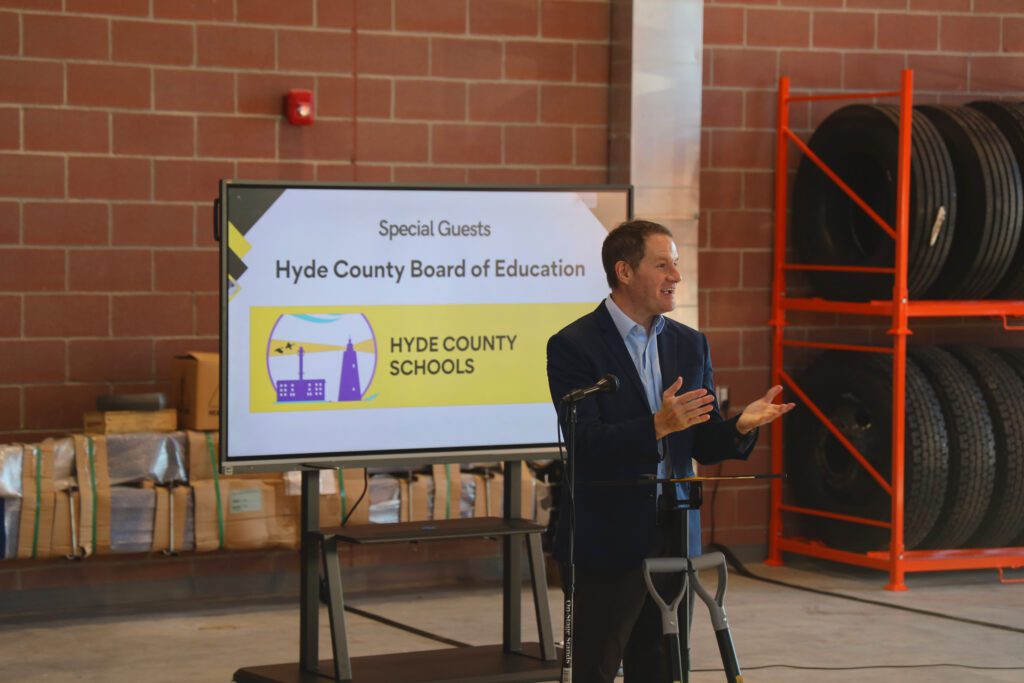
In 2021, a Public School Building Repair and Renovation Fund (PSBRRF) was created for repair, renovation, and expansion of classroom facilities. Since fiscal year 2022-23, it has received $50 million per year — $500,000 per county — with no matching funds required.
Has the lottery actually increased education funding?
A common complaint about the NCEL is that it doesn’t actually increase funding for education, as was its original purpose. It is hard to say whether education would be funded less, more, or the same without the lottery since lottery funding has been intertwined with education for so long and lottery funds have shifted so much over the years.
In 2020, researchers from the University of North Carolina at Charlotte (UNCC) released a study analyzing lottery funding from 2007-2017 to try to quantify the lottery’s impact on education spending. It concluded that increasing lottery sales were not correlated with increases in funding for the original legislatively mandated programs, as the law was quickly amended to allow spending in other areas of education.
The UNCC study also found, perhaps more saliently, that lottery revenues were not associated with per pupil expenditures, and that by 2017, two-thirds of lottery education funding paid for initiatives that were previously funded through traditional tax revenues.
“While the NCEL was originally marketed as a way to add icing to the proverbial cake, by the end of its first decade, the NCEL represented more and more of the cake,” the study said.




